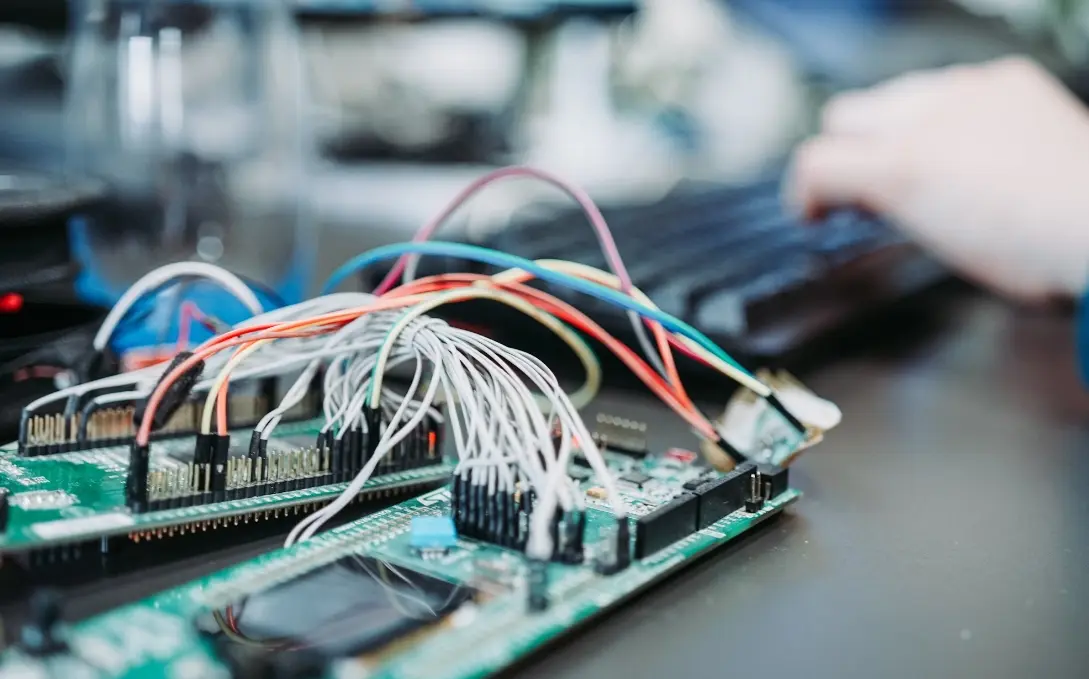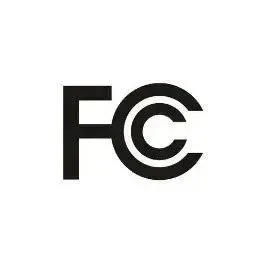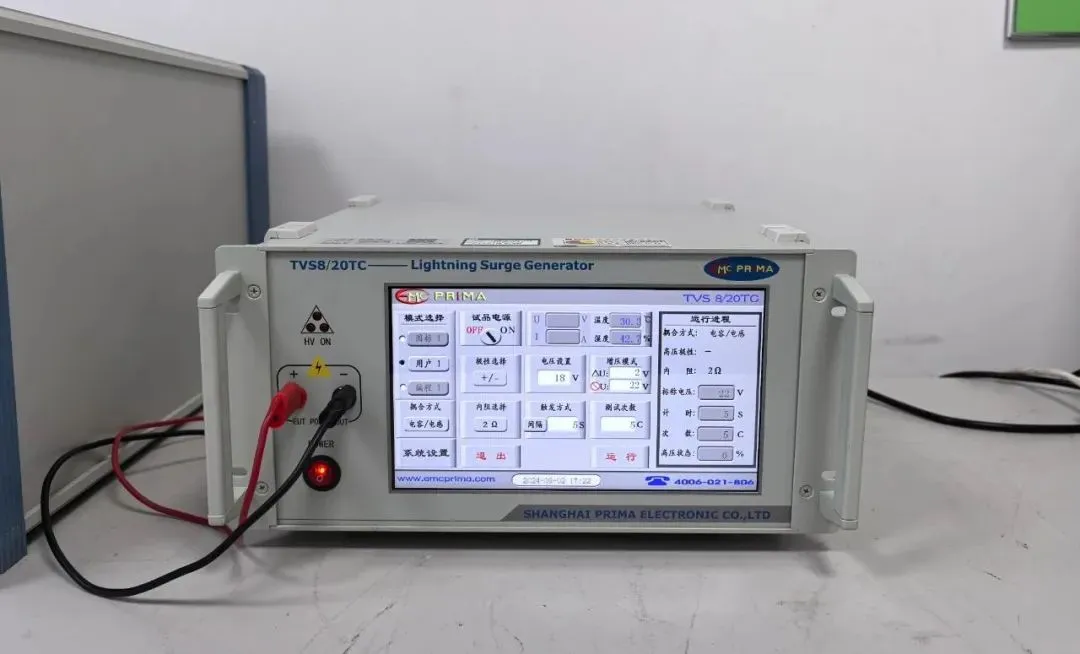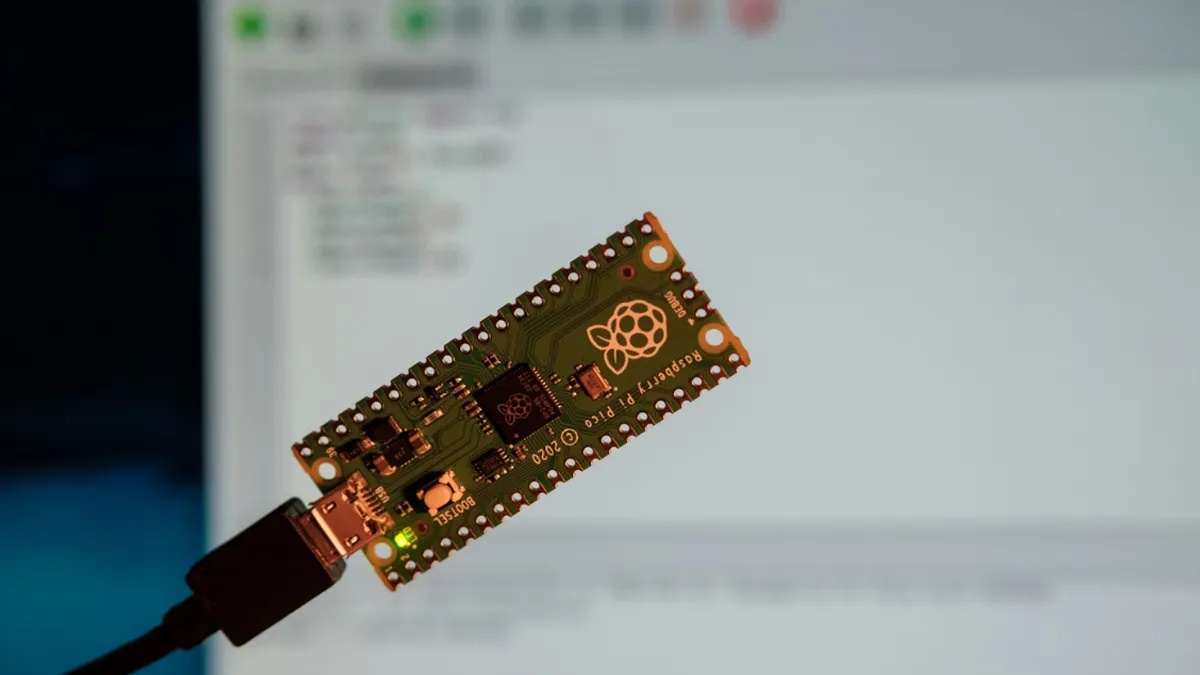
RCM Certification New Zealand
RCM stands for RegULatory Compliance Mark. It is a certification mark introduced by Australia and New Zealand to replace the former SAA, C-Tick, and A-Tick marks, aiming to unify the identification of electrical products. The rcm mark is a trademark owned by regulatory authorities in Australia and New Zealand and indicates that the product complies with both safety and EMC (Electromagnetic Compatibility) requirements. Products that typically require rcm certification include wireless communication devices and electrical equipment.

Certification Details
1. Certification Name:RCM (Regulatory Compliance Mark)
2. Issuing Authority:Australian Communications and Media Authority
3. Mandatory:Yes
4. Labeling Requirement:RequiRED
5. Test Report Standards:IEC / CISPR / EN
6. Factory Inspection:Not required
7. Certificate Holder Requirement:Local agent required
8. Certification Timeframe:Approximately 2 weeks
9. Certificate Validity:1 year, 3 years, or 5 years
10. Remarks:SAA (safety certification) can be converted from cb test reports
Certification Requirements
Australia categorizes electrical products into three risk levels:
1. Level 1 (Low Risk):Generally applies to DC-powered products. Requires an emc report to apply for RCM certification.
2. Level 2 (Medium Risk):Generally applies to AC-powered products. Requires both EMC and safety reports to apply for RCM certification.
3. Level 3 (High Risk):Covers 61 specified product categories. Requires an EMC report, safety report, and a Certificate of Conformity issued by a government regulatory authority or a recognized external certification scheme (RECS) such as SAA. RCM certification and EESS registration are both mandatory.
Application Process
1. A third-party lab (JJR Testing Laboratory) evaluates the product and determines the relevant test standards.
2. If any non-compliance issues are found, the lab assists in making product modifications to meet Australian standards.
3. Once testing is passed, the lab issues a test report.
4. The test report is submitted to the Australian issuing authority for document review.
5. Upon approval, the rcm certificate is issued.
6. The customer may either register the product on the Australian government website themselves or authorize the laboratory to complete the registration.
Important Notes:
1. RCM certification applications can only be made by an Australian local company, which must apply for an RCM number from the Australian government.
2. Chinese manufacturers and exporters can prepare IEC or AS/NZS test reports under their own name, but the actual RCM application must be submitted by the Australian importer.
3. The RCM system essentially acts as a registration framework combining both SAA (safety) and C-Tick (EMC) certifications.
Email:hello@jjrlab.com
Write your message here and send it to us
 Do I Need EC Homologation in the USA?
Do I Need EC Homologation in the USA?
 FCC Part 15B & Part 97 Certified
FCC Part 15B & Part 97 Certified
 EMC Pre-Compliance Testing UK
EMC Pre-Compliance Testing UK
 EMC Compliance Testing Australia
EMC Compliance Testing Australia
 Electrical Compliance Testing NZ
Electrical Compliance Testing NZ
 Compliance Testing for Children's Clothing
Compliance Testing for Children's Clothing
 Amazon Product Compliance Testing
Amazon Product Compliance Testing
 What is RCM Compliance Testing?
What is RCM Compliance Testing?
Leave us a message
24-hour online customer service at any time to respond, so that you worry!




